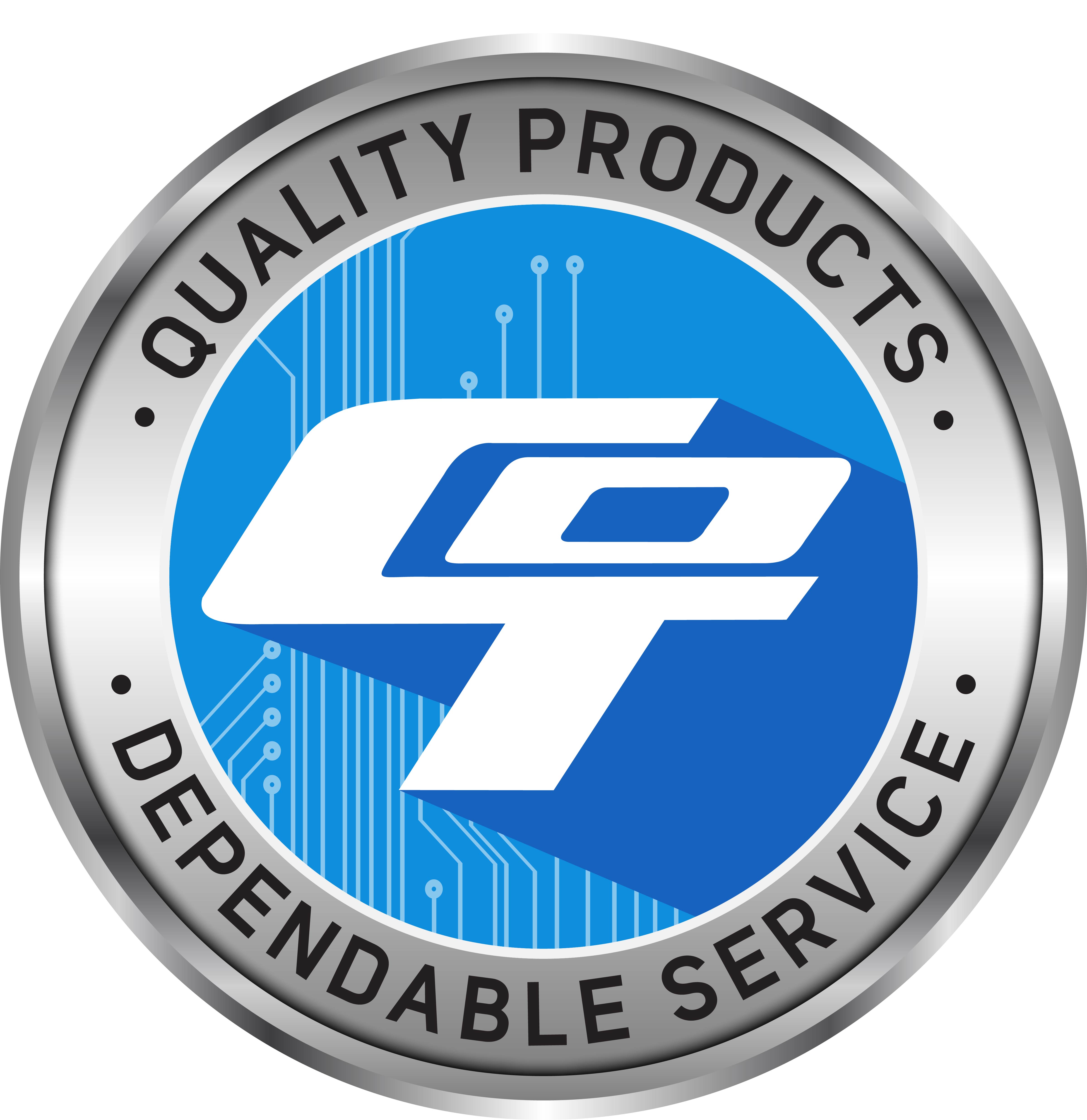Technical Library | 2023-01-17 17:27:13.0
Reflow profile has significant impact on solder joint performance because it influences wetting and microstructure of the solder joint. The degree of wetting, the microstructure (in particular the intermetallic layer), and the inherent strength of the solder all factor into the reliability of the solder joint. This paper presents experimental results on the effect of reflow profile on both 63%Sn 37%Pb (SnPb) and 96.5%Sn 3.0%Ag 0.5%Cu (SAC 305) solder joint shear force. Specifically, the effect of the reflow peak temperature and time above solder liquidus temperature are studied. Nine reflow profiles for SAC 305 and nine reflow profiles for SnPb have been developed with three levels of peak temperature (230 o C, 240 o C, and 250 o C for SAC 305; and 195 o C, 205 o C, and 215 o C for SnPb) and three levels of time above solder liquidus temperature (30 sec., 60 sec., and 90 sec.). The shear force data of four different sizes of chip resistors (1206, 0805, 0603, and 0402) are compared across the different profiles. The shear force of the resistors is measured at time 0 (right after assembly). The fracture surfaces have been studied using a scanning electron microscopy (SEM) with energy dispersive spectroscopy (EDS)
Technical Library | 2020-10-27 02:02:17.0
Solder powder size is a popular topic in the electronics industry due to the continuing trend of miniaturization of electronics. The question commonly asked is "when should we switch from Type 3 to a smaller solder powder?" Solder powder size is usually chosen based on the printing requirements for the solder paste. It is common practice to use IPC Type 4 or 5 solder powders for stencil designs that include area ratios below the recommended IPC limit of 0.66. The effects of solder powder size on printability of solder paste have been well documented. The size of the solder powder affects the performance of the solder paste in other ways. Shelf life, stencil life, reflow performance, voiding behavior, and reactivity / stability are all affected by solder powder size. Testing was conducted to measure each of these solder paste performance attributes for IPC Type 3, Type 4, Type 5 and Type 6 SAC305 solder powders in both water soluble and no clean solder pastes. The performance data for each size of solder powder in each solder paste flux was quantified and summarized. Guidance for choosing the optimal size of solder powder is given based on the results of this study.
Technical Library | 2017-04-13 16:14:27.0
The drive to reduced size and increased functionality is a constant in the world of electronic devices. In order to achieve these goals, the industry has responded with ever-smaller devices and the equipment capable of handling these devices. The evolution of BGA packages and leadless devices is pushing existing technologies to the limit of current assembly techniques and materials.As smaller components make their way into the mainstream PCB assembly market, PCB assemblers are reaching the limits of Type 3 solder paste, which is currently in use by most manufacturers.The goal of this study is to determine the impact on solder volume deposition between Type 3, Type 4 and Type 5 SAC305 alloy powder in combination with stainless steel laser cut, electroformed and the emerging laser cut nano-coated stencils. Leadless QFN and μBGA components will be the focus of the test utilizing optimized aperture designs.
| 1 |

COT specializes in high quality SMT nozzles and consumables for pick and place machines. We provide special engineering design service of custom nozzles for those unique and odd components.
2481 Hilton Drive
Gainesville, GA USA
Phone: (770) 538-0411